Jump to:
Summer is the perfect time to enjoy your outdoor living space. But many garden enthusiasts like to use garden shelters for privacy, decoration, or protection from the weather.
There are three popular options: pergola, pergoda, and pagoda. Knowing how they’re built and their appearance can help you differentiate between them and choose the one that’s best fitting for your backyard. Read on to learn more about these garden shade ideas.
What Is a Pergola?

A pergola is a garden structure featuring a framework of vertical posts or pillars that support a lattice of beams and cross beams. It can be made from traditional timber or all-weather industrial-grade aluminium. Pergolas often have an open roof, but they can be equipped with louvred or retractable roofs. They can also be upgraded with side panels for extra shade.
Pergolas can be freestanding or attached to the side of the house as a terrace extension, quite similar to gazebos. Climbing vines can be trained to grow along the wooden rafters and posts. As this greenery grows and covers the structure, it offers natural shade and added privacy. Many pergola owners also attach string lights across the top to give their garden a stunning nightlife look.
The open structures make it ideal as an entertainment area. Depending on its size, it can also accommodate a family-sized garden furniture set or even an inflatable hot tub.
What Is a Pergoda?

A pergoda is similar to a pergola in that it is usually constructed with wooden rafters and columns but with an added intricate feature such as arches and domes. It’s like a garden archway with extra details like curved arches connecting the columns and a rounded, hip, gabled, or pitched-style roof on top. The design can vary, but a pergoda can be finished with materials like tiles, wood, or metal. This makes it a more prominent feature in a garden, especially in a traditional setting.
Pergodas focus more on providing shade, usually with a completely closed roof. They are versatile and can be used as sheltered seating areas, outdoor dining spots, or extended patios.
Note: Modern versions have a solid, flat roof made of slats and are made with aluminium frames.
What Is a Pagoda?

Traditional pagodas hail from Southeast Asia, particularly China, Japan, Thailand, Korea, Myanmar, Tibet, and Nepal. These structures are often used as monuments to religious figures or deities. The styles among the various countries have unique features. Generally, a pagoda is a multi-tiered tower with multiple eaves built on top of one another. The shape of the base is usually octagonal, but then again this varies.
Traditional pagodas, though tall, don’t offer much shade because their lower tiers have little overhang. Modern versions come to the rescue by having slanted roofs that extend across multiple levels in their designs. This provides better sun protection and gives a distinctive look often linked with Asian designs.
A pagoda can make a stunning addition if you want to add elegance and cultural depth. It can be utilised to create a focal point, mark the entrance to your backyard, or divide different areas of your garden. For more inspiration and similar ideas, check out these Chinese garden designs.
Round-up
To sum up, a pergola is an open structure with spaced beams that let sunlight through. A pergoda is similar but features more decorative elements and an elaborate roof design. Meanwhile, a pagoda stands out with its multi-tiered structure and overlapping roofs. Choose the one that best fits your style and complements your landscape.
While you’re here, browse our range of garden shades for sale to explore more options! Up next on your reading list: How to Create Shade in Your Garden?
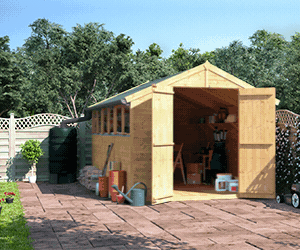

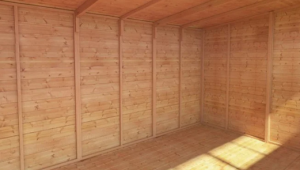


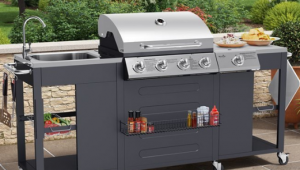



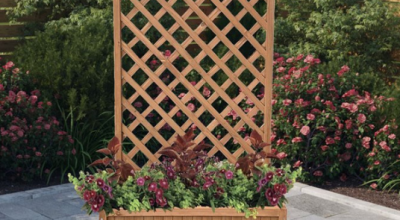
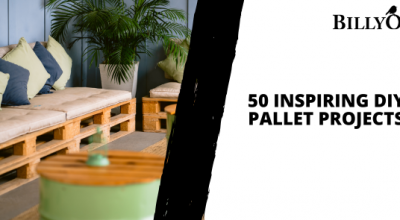


What do you think ?